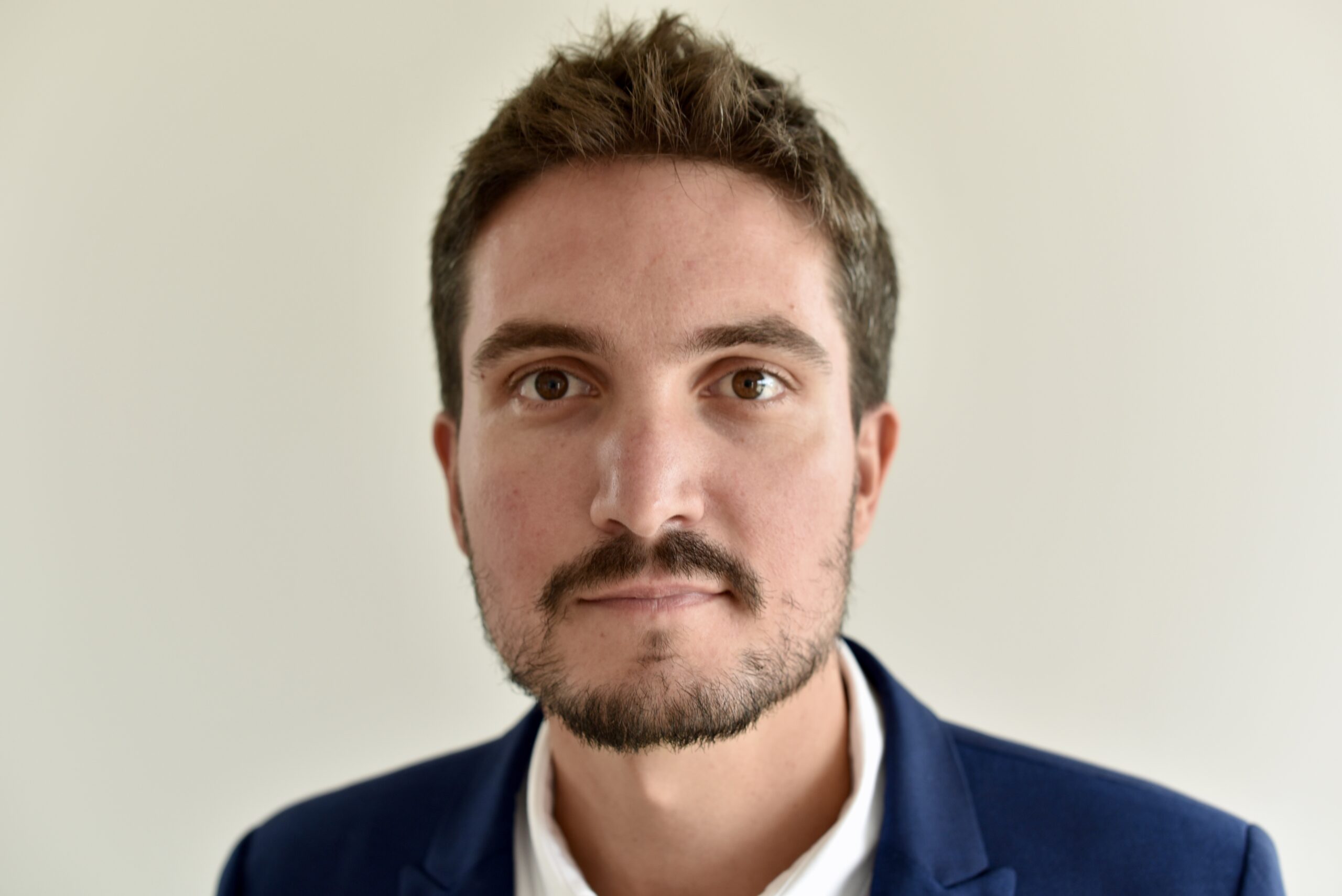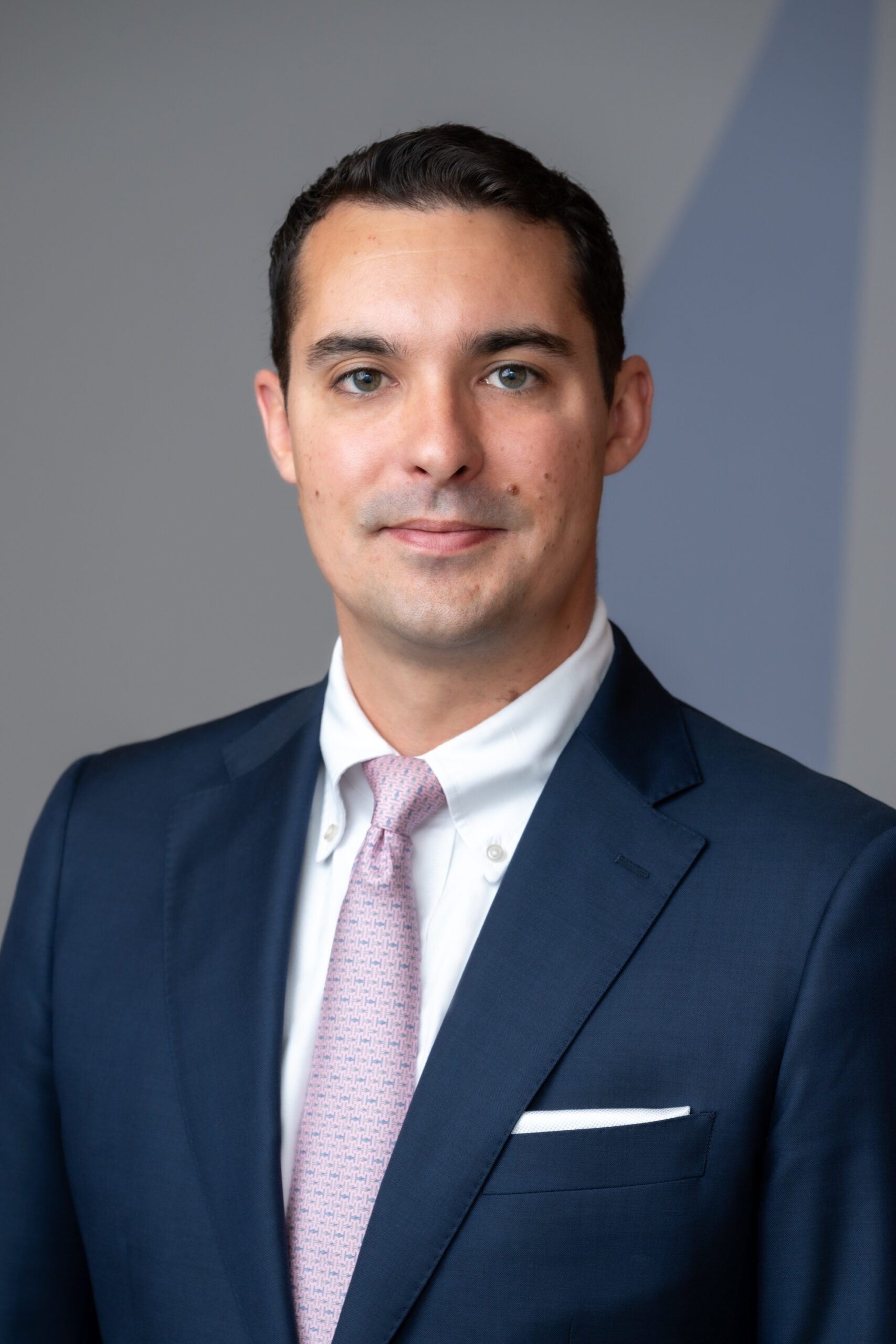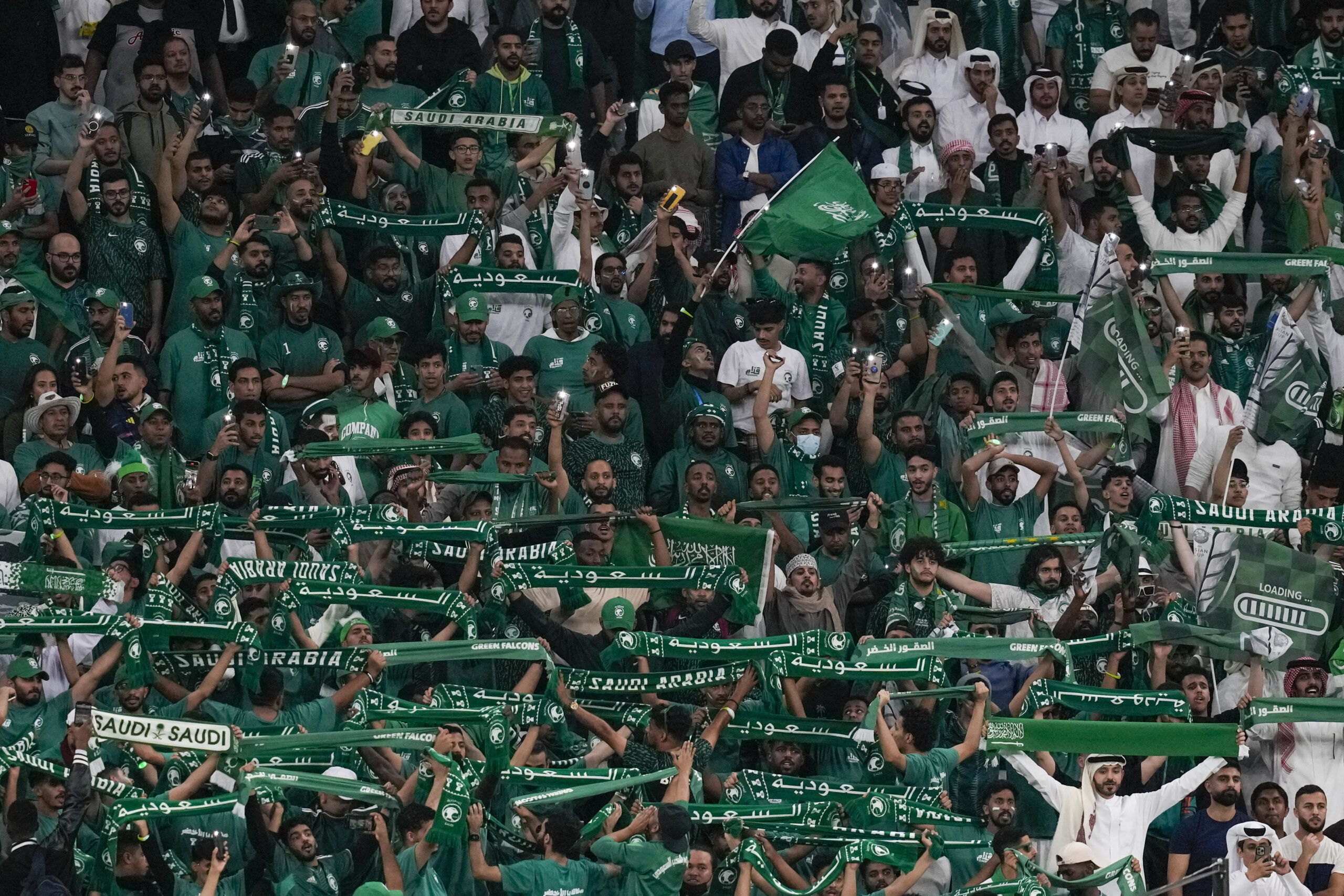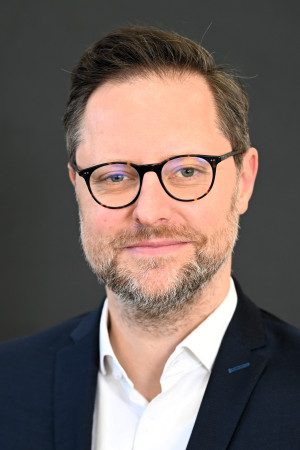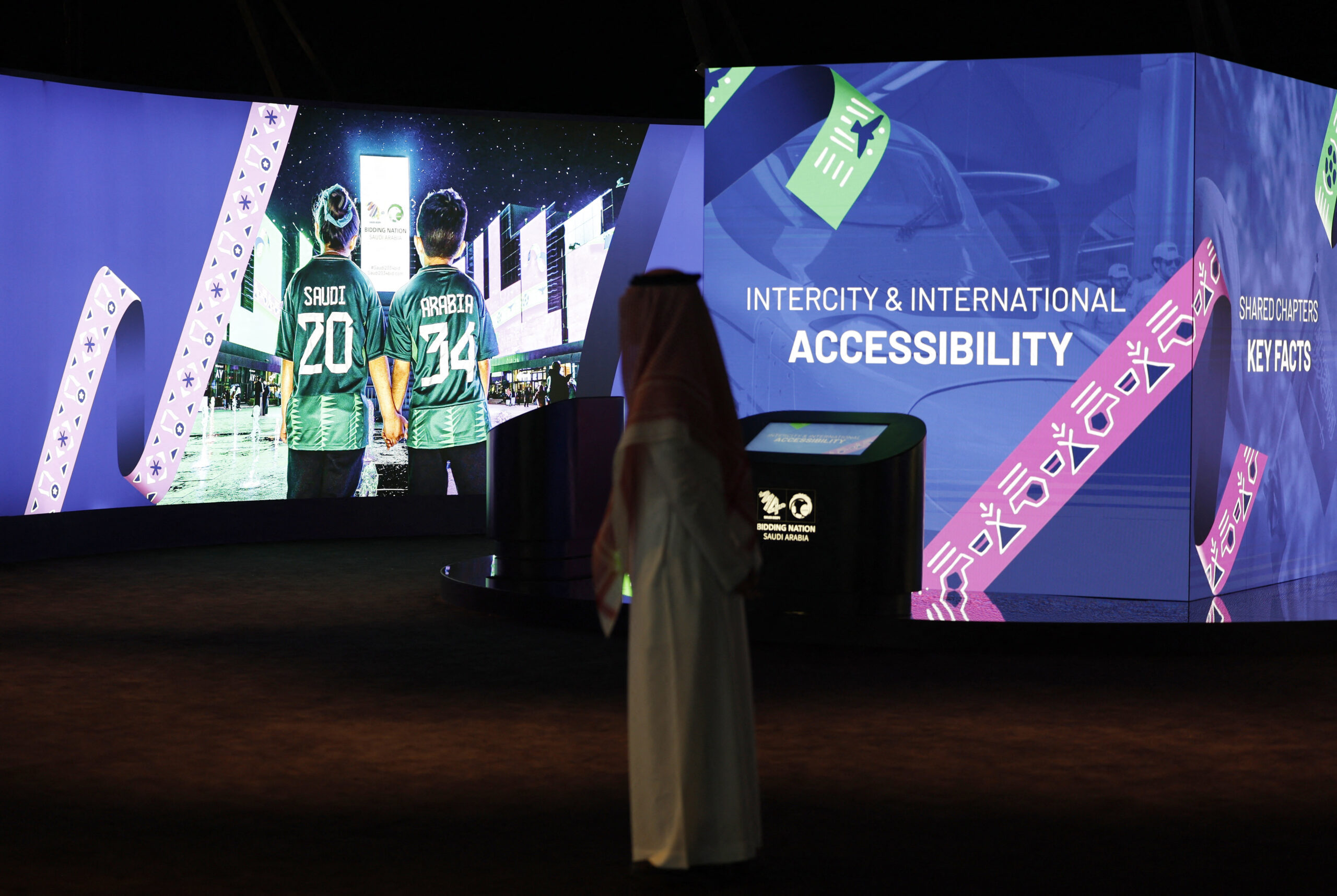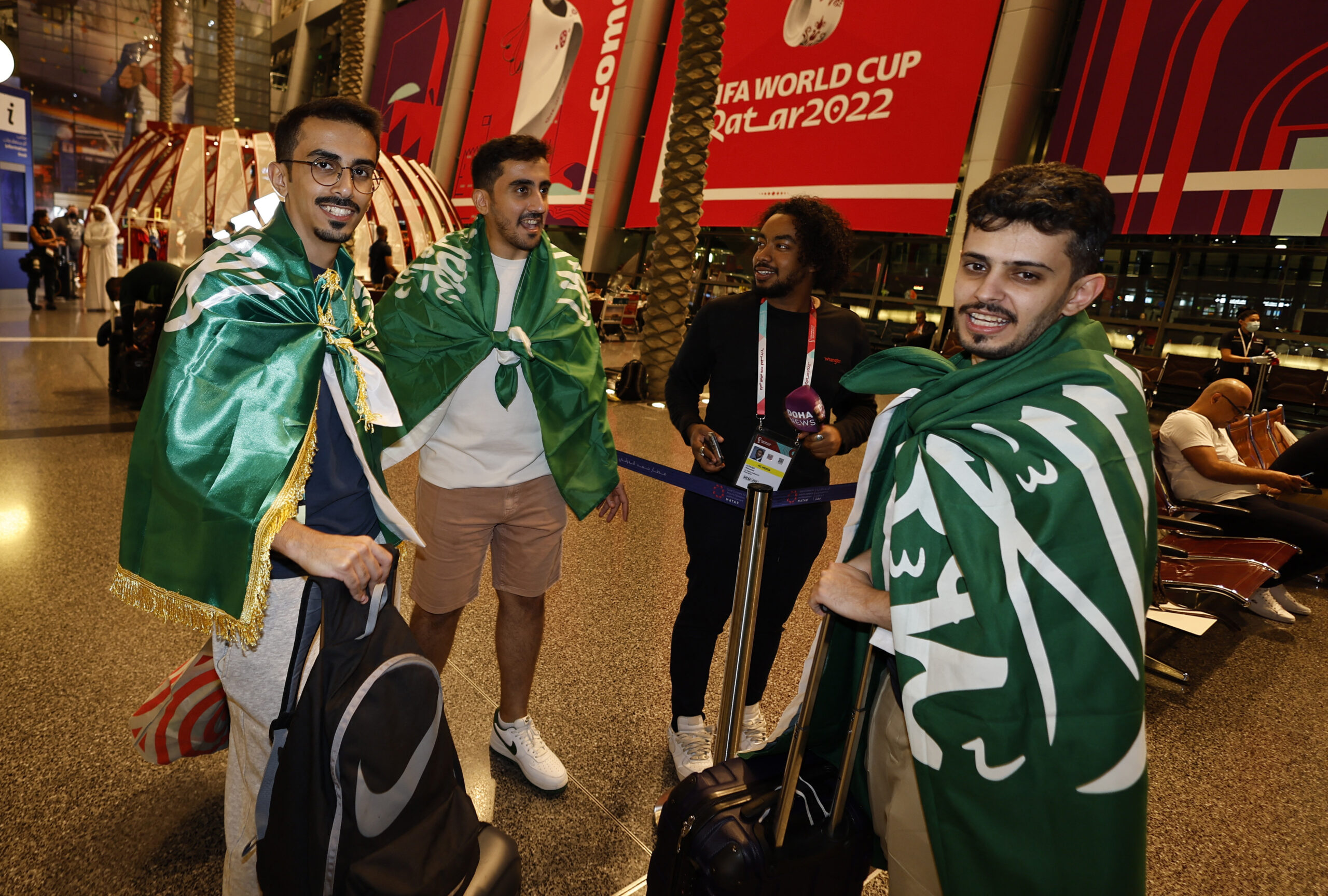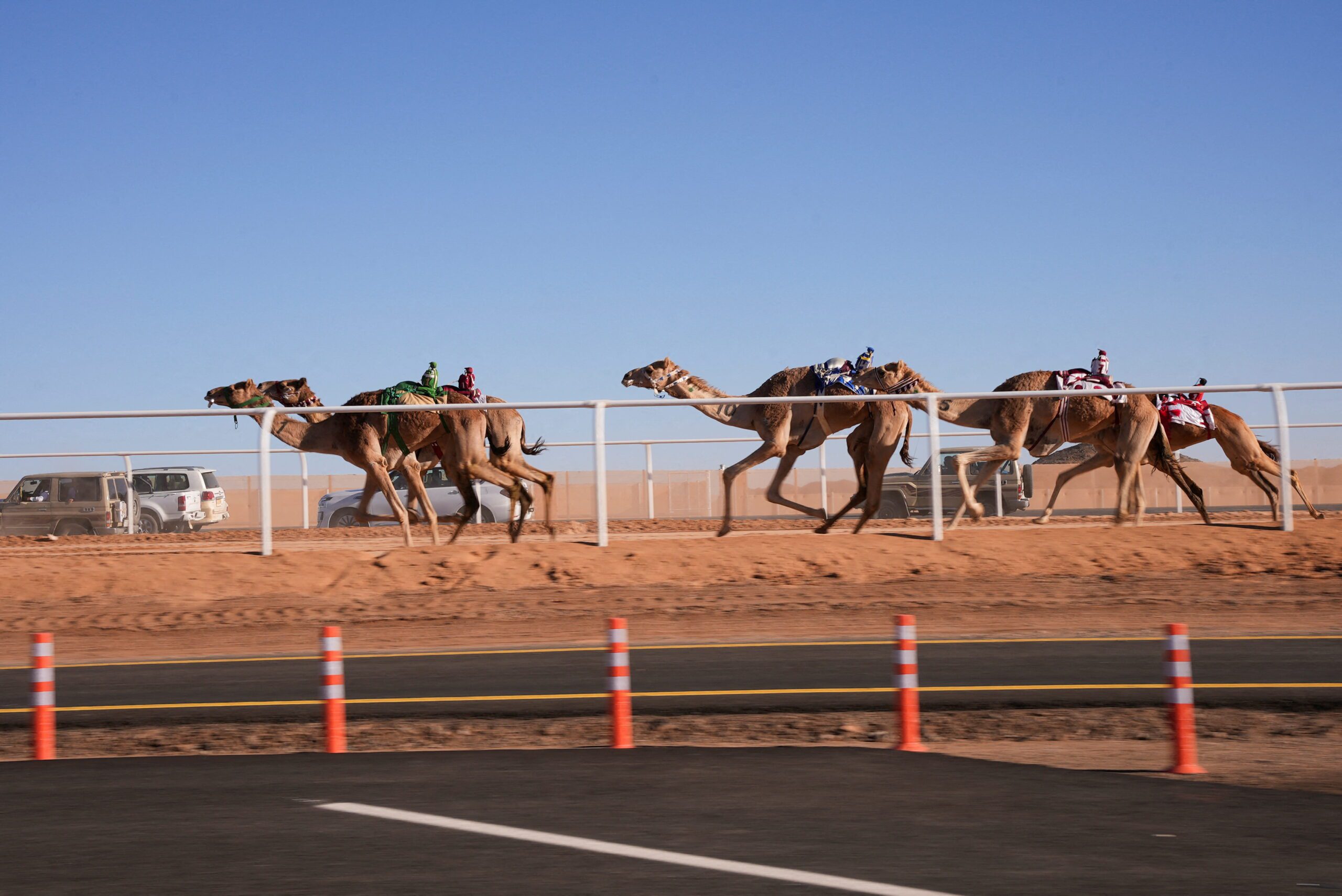The New Identity of “Zayed’s Children”: UAE Football’s Second Wind
Can the UAE build a sports culture that matches its global ambition?
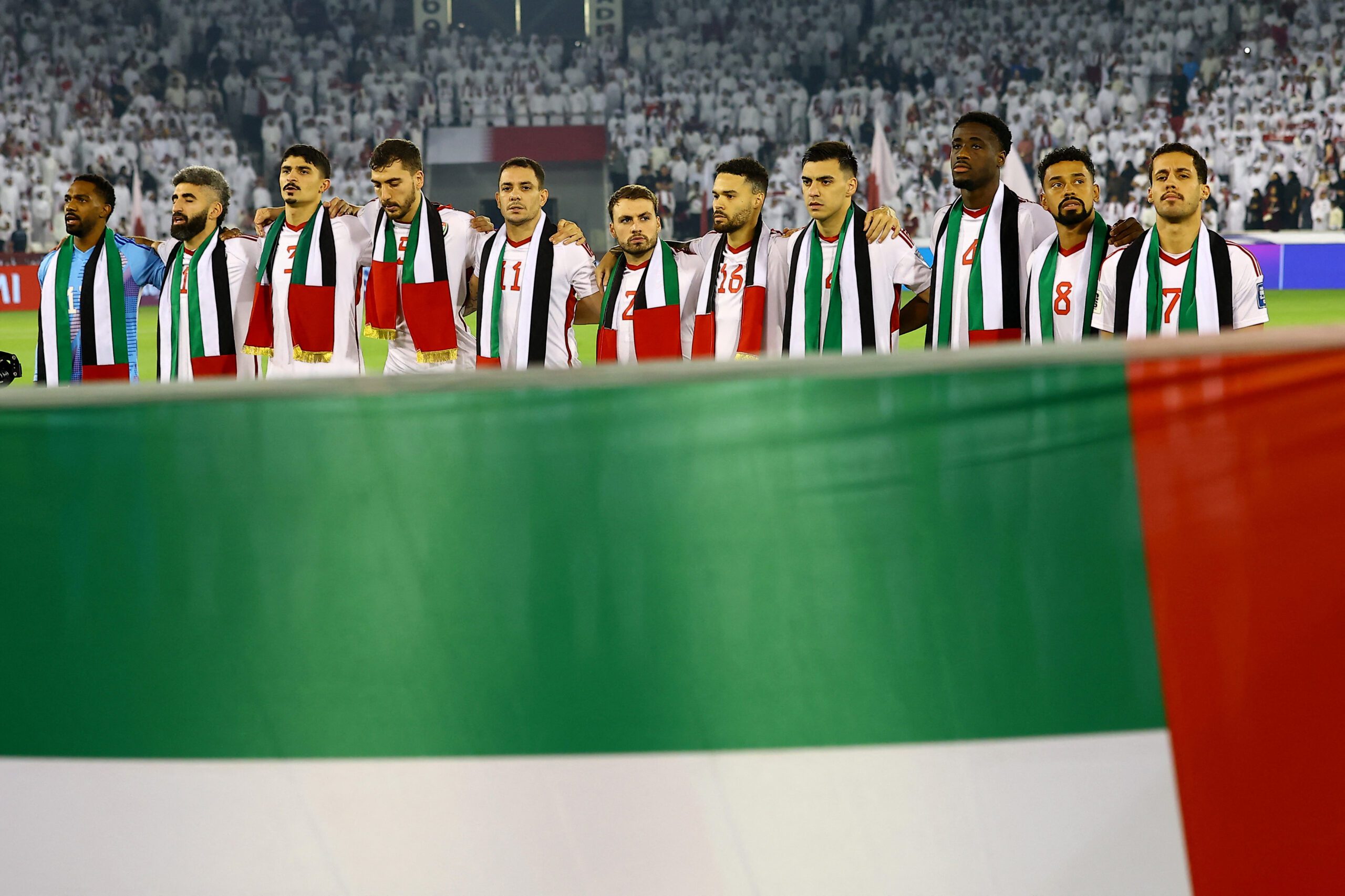
Hoping to secure its second-ever World Cup berth, the United Arab Emirates is facing a high-stakes playoff against Iraq for a chance to reach the summer 2026 tournament in North America. The match against the technically proficient Iraqi national team, the Lions of Mesopotamia, represents a pivotal moment in the UAE’s football, or soccer, history. After missing out on the 2022 World Cup in neighboring Qatar, the UAE’s national football team, Zayed’s Children, once again confronts uncertain qualification pathways. Beyond the immediate stakes for Emirati sports, this challenge highlights enduring structural and institutional constraints, not only in the UAE but across the Gulf: a national team reliant on naturalized and expatriate players and foreign coaches while also looking to build international credibility in the sport as rapidly as possible.
Coastal Roots and Federal Ambitions
Football emerged in the 1930s within Dubai and Sharjah’s port cities, introduced through maritime trade and cultural exchange. The UAE’s sole World Cup appearance in 1990, led by Sharjah star Adnan Al-Talyani and orchestrated by Brazilian coach Carlos Alberto Pareira, marked a milestone of collective enthusiasm and local pride. In subsequent decades, Abu Dhabi’s oil wealth transformed the capital into a command center for sports. Through massive investment in infrastructure and the recruitment of foreign coaches, the state sought to embed football within a broader nation-building agenda. Yet with this top-down approach, Emirati football became overly reliant on imported expertise.
The 2018 Decree and Inclusive Football
In a pivotal shift, a 2018 presidential decree opened domestic football academies to children of expatriates born or educated in the UAE. Previously restricted to citizens and Arab nationals, the system now included long-term residents. This new wave of inclusiveness sought to address two pressures: declining participation among Emirati youth, who often view athletic careers as lacking social status, and the broader challenge of adapting to a society in which over 85% of residents are noncitizens.
This policy created a layered player demographic. The first group consists of locally trained players of Arab expatriate origin, such as Abdullah Ramadan born to an Egyptian family and Yahya Al-Ghassani who is of Syrian origins, reflecting gradual social integration. The two leading scorers of the previous generation, Ismail Matar and Ali Mabkhout, are of Omani and Yemeni origin, respectively, embodying an enduring Arab identity that transcended national borders. The second group reflects the new policy and comprises players with non-Arab or transnational backgrounds, such as Junior Ndiaye and Mackenzie James Hunt, whose football development largely took place abroad, in France and England, respectively.
The UAE football federation also continues its policy of naturalizing foreign professionals for competitive purposes, such as Brazilians Caio Canedo and Fábio De Lima, both recruited after years in the UAE Pro League.
Structural Challenges and Transience
These names highlight the limitations of this policy of openness. It tends to attract players who are themselves aware that they have little chance of ever joining the national team of their country of origin. Moreover, for foreign players who did not grow up in the UAE, FIFA regulations require a minimum of five years of continuous residency in the country before they can be eligible for the national team. Joining a wealthy yet peripheral league can therefore appear constraining for players aspiring to build a prestigious career. Taken together, these dynamics limit the potential for improvement within the UAE’s national team.
These limitations are reflected in the uneven competitiveness of Zayed’s Children, despite signs of progress. The UAE’s national team has managed to hold its own at the regional level. For instance, in recent World Cup qualifying rounds, it has picked up key wins, such as a 5-0 victory over Qatar’s national team in November 2024, and it continues to participate in major continental tournaments (the AFC Asian Cup), qualifying through to knockout rounds. Nonetheless, while the UAE’s national team is on an upward trajectory, it hasn’t fully broken through to high-level consistency. The team’s development remains constrained, largely because it competes in an Asian confederation marked by wide disparities in quality, which hinders consistent technical and tactical growth.
Frequent coaching changes and uneven youth development provide some of the explanation. Emirati football operates within a system of circulation rather than permanence: Coaches, technical staff, and players rotate frequently. While this transience fosters flexibility, it hinders the formation of enduring sports identities.
Like its Gulf neighbors, the UAE has not succeeded very well in developing and promoting local coaching talent, for example, from the ranks of former Emirati stars. Based on interviews with long-serving foreign coaches in Emirati clubs, this situation is not due to a lack of expertise among former players but rather reflects how the status, authority, and visibility are managed within a patronage-based sporting system.
Abu Dhabi, Dubai, and Global Sports Influence
In many respects, nowadays, Abu Dhabi and Dubai treat sports less as a field of national competition and more as a strategic industry supporting branding, diplomacy, and economic diversification. Abu Dhabi leverages state‑backed entities, such as City Football Group, UFC partnerships, Formula One events, and its growing role in cricket, in international sports governance, ultimately positioning itself as an indispensable power on the global stage. Dubai promotes its image as a cosmopolitan leisure capital, hosting elite tournaments and celebrity-driven events, while advancing its economic project. The specific focus makes sense as a part of the distinctive soft-power branding that each of these emirates has deployed to help catapult it to a position of significant international influence. But neither of these approaches required winning football matches (or other sporting events) at the highest levels. The real competition was in international sports politics, where both emirates have medaled at the highest levels.
In both emirates, sports function more as a vehicle for global connectivity than a tool to cultivate a competitive national identity. Unlike Qatar or Saudi Arabia, the United Arab Emirates is not seeking to host megaevents such as the World Cup or the Olympic Games. Instead, the UAE focuses on attracting major international circuits, such as the ATP Tour for tennis or, more recently, the NBA and Euroleague for basketball. This model does not require competitive national teams, which may explain, in part, why athlete training is not a central governmental priority.
After Qatar
The UAE’s failure to qualify for the 2022 World Cup in Qatar carried symbolic weight. While the UAE had world-class infrastructure and inclusive policies, there was still a lack of coherent vision for national performance.
Looking ahead, the team faces that critical continental playoff against Iraq. Qualification for 2026 remains possible but far from guaranteed.
Toward 2026: Renewed Opportunity
The expansion of the 2026 World Cup to 48 teams offers renewed opportunity but not necessarily transformation. To qualify, Zayed’s Children must first navigate the unpredictable Asian continental playoffs. Should the team overcome Iraq at this stage, it would advance to the intercontinental playoffs: a decisive round for teams from South America, North America, Oceania, and Asia to compete for the final remaining spots in the tournament. Yet the deeper challenge – building continuity and strengthening the local talent flow on the pitch and on the coaching sidelines – remains unresolved.
Ultimately, football in the UAE mirrors the federation’s developmental ethos: globalized, resource rich, and outward looking although football has not yet reached its full potential. Its trajectory reflects the broader evolution of Gulf sports governance, from nationalist aspiration to post-national industry. Abu Dhabi and Dubai have succeeded in making the UAE a global sports hub yet without a full consolidation of national football identity. The central question for 2026 is whether this dichotomy will continue or if the UAE will find a way to reach its full potential, not merely in the politics, business, and influence-wielding of sports, but on the pitch, in critical matches won. That would signify the UAE has moved beyond qualifying in playoffs and ensured national football as a key element in a sports culture that matches the country’s global ambition.
The views represented herein are the author's or speaker's own and do not necessarily reflect the views of AGSI, its staff, or its board of directors.
